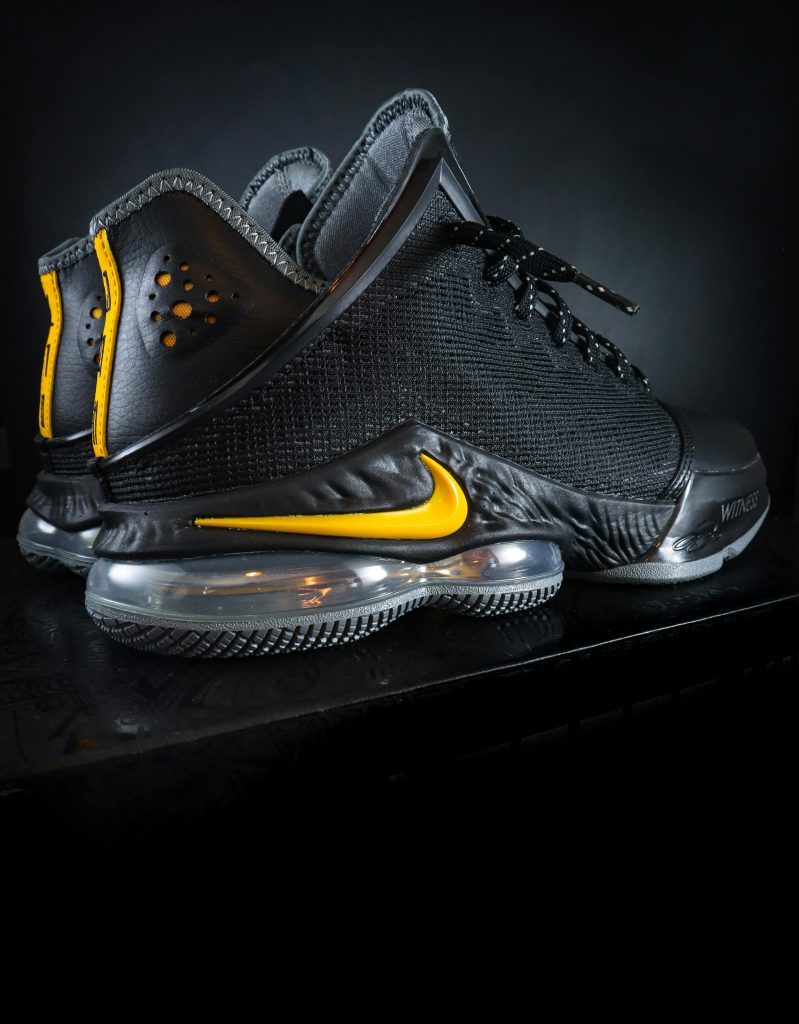Which is Better PU or PVC? | 2023
Introduction (Which is Better PU or PVC?)
Polyurethane (PU) and Polyvinyl Chloride (PVC) stand out as versatile compounds with widespread applications. From fashion to construction, the debate on Which is Better PU or PVC? – continues. Understanding their properties, applications, and environmental impact is crucial for making informed choices.
Properties of PU
Polyurethane is celebrated for its flexibility and softness. In applications like upholstery and footwear, PU provides a comfortable and pliable solution. Its durability and abrasion resistance make it a preferred choice for long-lasting products. Additionally, PU’s breathability adds to its appeal, making it suitable for various industries.

Properties of PVC
On the other hand, Polyvinyl Chloride boasts rigidity and stiffness. Commonly used in construction materials, PVC’s chemical resistance and waterproof characteristics make it ideal for outdoor applications. However, its rigidity may limit its use in certain contexts where flexibility is essential.
Applications of PU
The footwear industry embraces PU for its flexibility and comfort. Furniture upholstery benefits from PU’s durability and softness, enhancing the overall user experience. Automotive interiors, where a balance of comfort and endurance is crucial, also find PU to be a suitable material.
Applications of PVC
PVC finds its stronghold in construction materials due to its rigidity and resistance to harsh environmental conditions. The plumbing industry relies on PVC for pipes and fittings, while signage and banners utilize PVC for its durability outdoors.
Comparison of Environmental Impact
Considering the environmental impact, PU holds an advantage in terms of biodegradability. PVC, on the other hand, faces challenges in recycling, raising concerns about its long-term sustainability. Consumers increasingly prioritize eco-friendly materials, impacting the choices between PU and PVC.
Durability and Longevity
When it comes to durability, both PU and PVC have their strengths. PU, with its resistance to abrasion, ensures a longer lifespan for products. PVC, known for its resistance to wear and tear, makes it a durable option for applications with high physical demands.
Cost Considerations
The cost factor plays a pivotal role in decision-making. PU and PVC pricing varies, influenced by factors such as production processes and raw materials. Understanding these cost dynamics helps in making economically sound choices.
Comfort and Aesthetics
PU’s comfort is notable, especially in applications where flexibility and softness matter. PVC, with its rigid nature, may not offer the same level of comfort but compensates with aesthetic appeal. The choice between the two often depends on the specific requirements of the product or project.
Sustainability Practices
Both PU and PVC industries are making strides in sustainability. PU, with its biodegradable nature, aligns with eco-friendly initiatives. PVC manufacturers are also working towards improving recycling processes and reducing environmental impact, indicating a shared commitment to sustainability.
Consumer Preferences
Consumer preferences play a pivotal role in the PU vs. PVC dilemma. Factors like comfort, durability, and environmental impact influence individual choices. Market trends reflect the shifting consumer sentiment, guiding industries towards more sustainable and user-friendly options.
Innovations in PU and PVC
Recent innovations in PU and PVC manufacturing contribute to the ongoing debate. Advancements in production processes, additives, and recycling technologies showcase the commitment of both industries to staying relevant and environmentally responsible.
Conclusion
In the PU vs. PVC debate, the choice depends on the specific needs of the project or product. Understanding the properties, applications, and environmental impact of each material is crucial. While PU offers flexibility and biodegradability, PVC excels in rigidity and resistance. As consumer preferences shift towards sustainability, both industries are adapting, offering more environmentally friendly options.
FAQs
- Are PU and PVC the same?
- No, they have distinct properties and applications.
- Which is more environmentally friendly?
- PU is more environmentally friendly due to its biodegradability.
- Can PU and PVC be recycled?
- PU is biodegradable, while PVC recycling faces challenges.
- Is PVC harmful to health?
- PVC is generally safe but should be used in accordance with safety guidelines.
- What industries prefer PU over PVC?
- Industries like footwear, furniture, and automotive favor PU for its flexibility and comfort.




Leave a comment